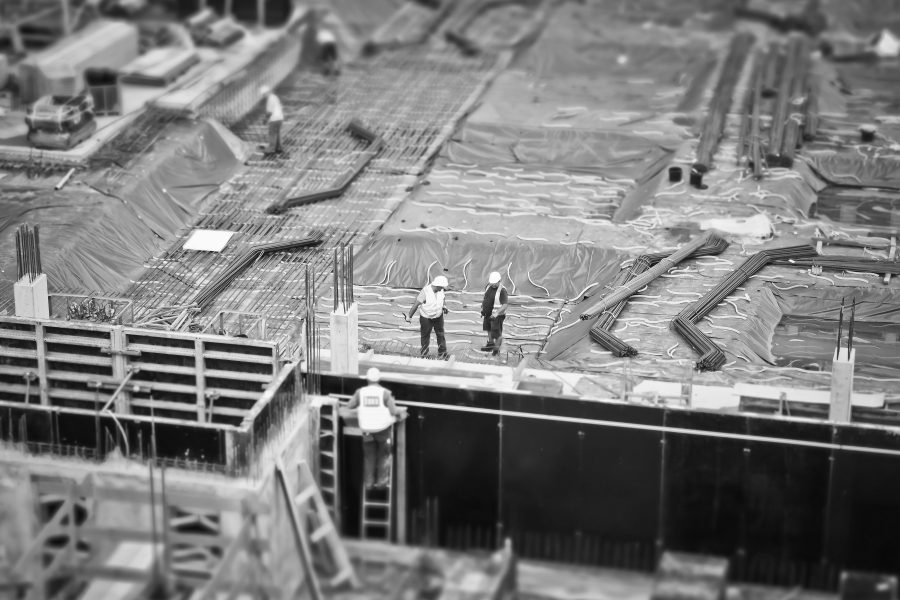‘Rebalancing Britain’ is a major collaboration between CapX and the Joseph Rowntree Foundation focusing on how the Government should tackle the longstanding imbalances in the British economy. The project focuses not only on the well-documented North/South divide, but on the way smaller towns and cities are often left behind in national policy debates.
I think it was after the fifth deserted roundabout that I lost count. Skelmersdale was designated as a New Town in 1961, and the sadly mistaken ideas of its founders are preserved for posterity by its road layout.
It is good news that the Housing Secretary, Robert Jenrick, is launching a process to build ten new high-quality towns with the support of local people and with a focus on new transport links.
But it is lazy reporting to claim that building a new town will necessarily help a region to grow. Done badly, a new town will worsen the oversupply of workers, caused by a shortage of homes near good jobs, that continues to hold down wages in our most deprived areas.
Once a thriving mining district, Skelmersdale new town sadly did not provide jobs for the overspill population from Merseyside who were decanted there. It is slowly fighting its way back, helped by new life in Liverpool and by a resurgent Manchester. But there is no doubt that the original money would have helped those people much more if spent very differently, by helping regenerate where they already lived.
There is impressive and accumulating evidence about what does and does not work in helping areas to grow and people to achieve their potential. You can find it summarized by the What Works Growth Centre of the London School of Economics, and in reports of the excellent Centre for Cities.
What people really need for regions to grow are plentiful, high wage, high productivity jobs. As the Centre for Cities has written, the easiest way to ensure ready access to such jobs is to improve the supply of housing in high wage areas, and improve public transport for commuting around city regions so that, as they have for thousands of years, cities can help their surrounding areas become more prosperous.
Young people do not want to live in a new town an hour each way away from good jobs. They would much rather have a decent home in a well-designed community within easy reach of work.
Happily, there are many popular and easy ways to improve commuting times and build more good homes and places within easy reach of those opportunities, particularly in the low-rise suburbs around places like Manchester or Cambridge. Plastering the country with new towns, even if we could do it at remotely near the scale required, will not help our left-behind regions, nor all the young people deprived of opportunity. Sadly, it will do the opposite.
The calls for expensive solutions such as HS2 are partly because we have failed to build enough homes in London, so that commuters have spilled out across the South East and beyond. That has clogged rail lines which, in a saner, more environmentally-friendly world, would still have plenty of capacity, because we would have been building homes in the right places where people could easily get to work.
The economy is screaming at us through the price system to build more homes near to good jobs. This new government has the opportunity to level up the regions, but we must avoid repeating the mistakes of the 1960s and ignoring the emphatic lessons of 50 years of research.
There are popular, community-led ways to add far more homes in existing suburbs, while making them more attractive, walkable and better able to support struggling high streets. Some of the value from that can be used to pay for additional infrastructure, without costing the taxpayer a penny.
Most notably, we should run trials to let residents of a single street pick a design code and vote by two-thirds majority to allow building up to five or six storeys on their street – either extending upwards or replacing semi-detached houses with terraced houses and mansion blocks. That can add five times more housing while making the street look better and doubling the value for the original homeowner.
That organic densification, driven by high prices, is what would have happened in response to the current shortage in any era before 1939. You can see it, for example, in the stunning Victorian mid-rise buildings of central Manchester or Liverpool, in the Georgian houses of Hampstead or in some historic parts of Edinburgh.
The 1947 planning system imposes








